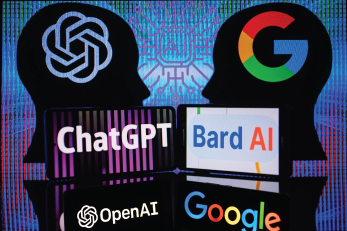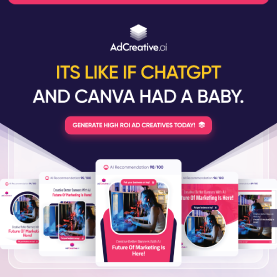Artificial Intelligence (AI) is no longer a futuristic concept; it is a present-day tool reshaping education. Here is a detailed roadmap for integrating AI into your curriculum, explores ethical considerations, and offers actionable strategies for educators to harness AI’s transformative power.
Step-by-Step Roadmap for Integrating AI into Curriculum
1. Assess Your Needs
- Identify the challenges AI can address in your classroom, such as personalized learning or administrative tasks.
- Choose AI tools tailored to specific age groups and subjects.
2. Select the Right Tools
- For younger students: Interactive learning apps like DreamBox or KidSense.
- For older students: Platforms like Khan Academy’s AI-based learning assistant.
3. Pilot and Train
- Start with a small-scale pilot program to test the tools.
- Provide training sessions for teachers to ensure confidence in using AI tools.
4. Monitor and Refine
- Collect feedback from students and teachers.
- Adjust the AI integration based on outcomes and experiences.
Proven Strategies to Personalize Learning with AI
- Adaptive Learning Platforms: Use tools like Carnegie Learning or ALEKS that tailor lessons based on individual progress.
- Student Analytics: Monitor performance metrics to identify learning gaps.
- Customized Content: Generate assignments and quizzes suited to each student’s needs.
Ethical Considerations and Data Privacy
Key Concerns:
- Data protection for students.
- Mitigating algorithmic bias.
Practical Recommendations:
- Partner with vendors adhering to strict data security standards.
- Regularly audit AI tools for fairness and accuracy.
- Educate students about digital ethics.
Overcoming Technical Hitches
Common Challenges:
- Integration issues with existing systems.
- Lack of IT support.
Solutions:
- Build a reliable tech support network.
- Choose tools with robust customer support and documentation.
- Engage with teacher communities for shared tips and troubleshooting.
Engaging Parents and the Community
- Host workshops to demonstrate AI tools and their benefits.
- Share success stories to build trust and excitement.
- Provide clear communication on how AI enhances student learning and protects their privacy.
Inspirational Case Studies
- Finland: AI helps teachers personalize learning paths in public schools.
- India: Adaptive learning tools boost math proficiency in underserved areas.
- United States: AI-supported robotics programs spark interest in STEM among middle schoolers.
AI for Classroom Management and Administration
- Task Automation: Use tools like TeacherEase for grading and attendance tracking.
- Scheduling Assistants: Optimize lesson planning and parent-teacher meetings.
- Behavior Monitoring: AI can identify patterns in classroom dynamics to address issues proactively.
Cost-Effective Implementation
- Leverage free or low-cost tools like Google Classroom’s AI integrations.
- Apply for grants aimed at technology in education.
- Share resources across schools or districts.
Fostering Student Engagement with AI
- Introduce gamified AI tools to make learning interactive.
- Incorporate AI-powered virtual reality (VR) for immersive experiences.
- Empower students to create with AI, such as coding chatbots or generating digital art.
Preparing Students for Future Job Markets
- Integrate AI literacy into your curriculum.
- Emphasize skills like critical thinking, adaptability, and creativity.
- Highlight emerging fields such as AI ethics, data science, and automation engineering.
Staying Abreast of AI Advancements
- Follow education-focused AI blogs and journals.
- Attend conferences like ISTE or BETT to learn from industry leaders.
- Participate in online courses to continuously upskill.
Navigating Risks and Challenges
Risks:
- Over-reliance on technology.
- Inequitable access to AI tools.
Mitigation Strategies:
- Combine AI with traditional teaching methods.
- Advocate for equitable funding and access.
- Regularly evaluate the impact of AI on student outcomes.
Supporting Students with Special Needs
- Use speech recognition and text-to-speech tools to support students with learning disabilities.
- AI-driven apps like Otter.ai can assist with note-taking.
- Tailored platforms provide personalized instruction for neurodiverse learners.
Attention-Grabbing Techniques for AI Updates
- Create an internal newsletter with AI tips and updates.
- Host monthly AI-themed lunch-and-learns.
- Encourage a collaborative AI learning environment by sharing advancements with peers.
AI is transforming education in remarkable ways. By following this roadmap, educators can confidently integrate AI into their classrooms, ensuring both teachers and students thrive in an increasingly technological world.


